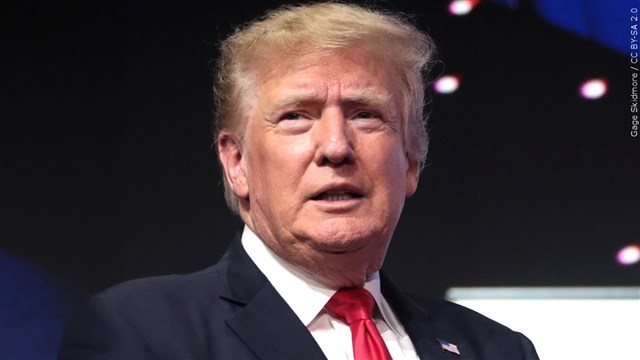Supreme Court grapples with cross on public land in major First Amendment case

Bill Chizek/iStock(WASHINGTON) — The Supreme Court wrestled vigorously Wednesday with how to decide when religious symbols can be placed on public land and maintained by government resources.
The justices seemed inclined to preserve a 40-foot, 16-ton Latin cross in Bladensburg, Maryland, erected as a memorial to fallen World War I soldiers. At the same time, they appeared hesitant to establish a sweeping new test for the constitutionality of public religious displays.
“Do you want all of them taken down? Which ones to you think can stand?” Justice Samuel Alito asked the lawyers representing the American Humanist Association, which is challenging the Bladensburg cross.
“Do totem poles need to be torn down? They have spiritual and religious significance similar to a Star of David or a cross,” said Chief Justice John Roberts.
The Establishment Clause of the First Amendment says that “Congress shall make no law respecting an establishment of religion” but the exact meaning and intent of the phrase are still widely debated. The Supreme Court’s years of decisions on the matter have been highly fact-based, varied and inconsistent.
The case heard Wednesday centers on a cross-shaped memorial erected in 1925 to honor 49 Americans who fought in WWI. It was first built on private property using private funds, but in 1961, the Maryland Park Commission took possession of the land and memorial and has since used state money to maintain them.
Three local residents filed suit in federal court in 2014 seeking to have the monument removed from public property or modified into a non-religious memorial. Two lower courts split on whether the display improperly promotes Christianity.
Does the constitution only prohibit religious displays that “coerce” obedience to a religion, or those that simply “promote” or “endorse” one religion over another? What amounts to “excessive entanglement” between government and a particular religion? The justices grappled with those questions.
Monica Miller, representing the plaintiffs opposing the Bladensburg cross, conceded that some symbols can be stripped of religious context and serve a secular purpose. She pointed to a display of the Ten Commandments in the Supreme Court’s own chamber as an example, saying that — in context — it was a permissible “symbol of law.”
But, she argued, “there is no history of anyone using a Latin crosses to commemorate Jews, Muslims and atheists.”
Neal Katyal, a former solicitor general for the Obama administration, and Jeffrey Wall, acting solicitor general in the Trump administration, both defended the cross, arguing the memorial should stand both because it serves a “secular purpose” of memorializing American war dead and because its shape is consistent with “tradition and history.”
“The easiest way to resolve this case is to say, in the wake of World War I, crosses like this one have an independent secular meaning,” said Katyal.
“It is the preeminent symbol of Christianity,” interjected Justice Ruth Bader Ginsburg.
“We don’t disagree,” said Katyal, “but crosses have a second meaning and that’s what makes it constitutional.”
What the nine justices decide could have a sweeping impact on communities nationwide, where historic war memorials and government buildings bearing religious imagery are commonplace.
The big question, constitutional scholars say, is what reasoning the court will give and how broadly they rule.
The First Amendment religious freedom case is the first of its kind in 15 years — one of the highest-profile on the court’s docket this term.
It has drawn intense media attention and protests given the stakes. Minutes before oral arguments began, a protester inside the court building was tackled by police as he rushed the stairs to the chamber screaming about the justices: “Thus says the lord. If they support abortion, they will burn in hell for eternity.”
A decision in the case is expected by the end of June.
Copyright © 2019, ABC Radio. All rights reserved.
You Might Also Like



